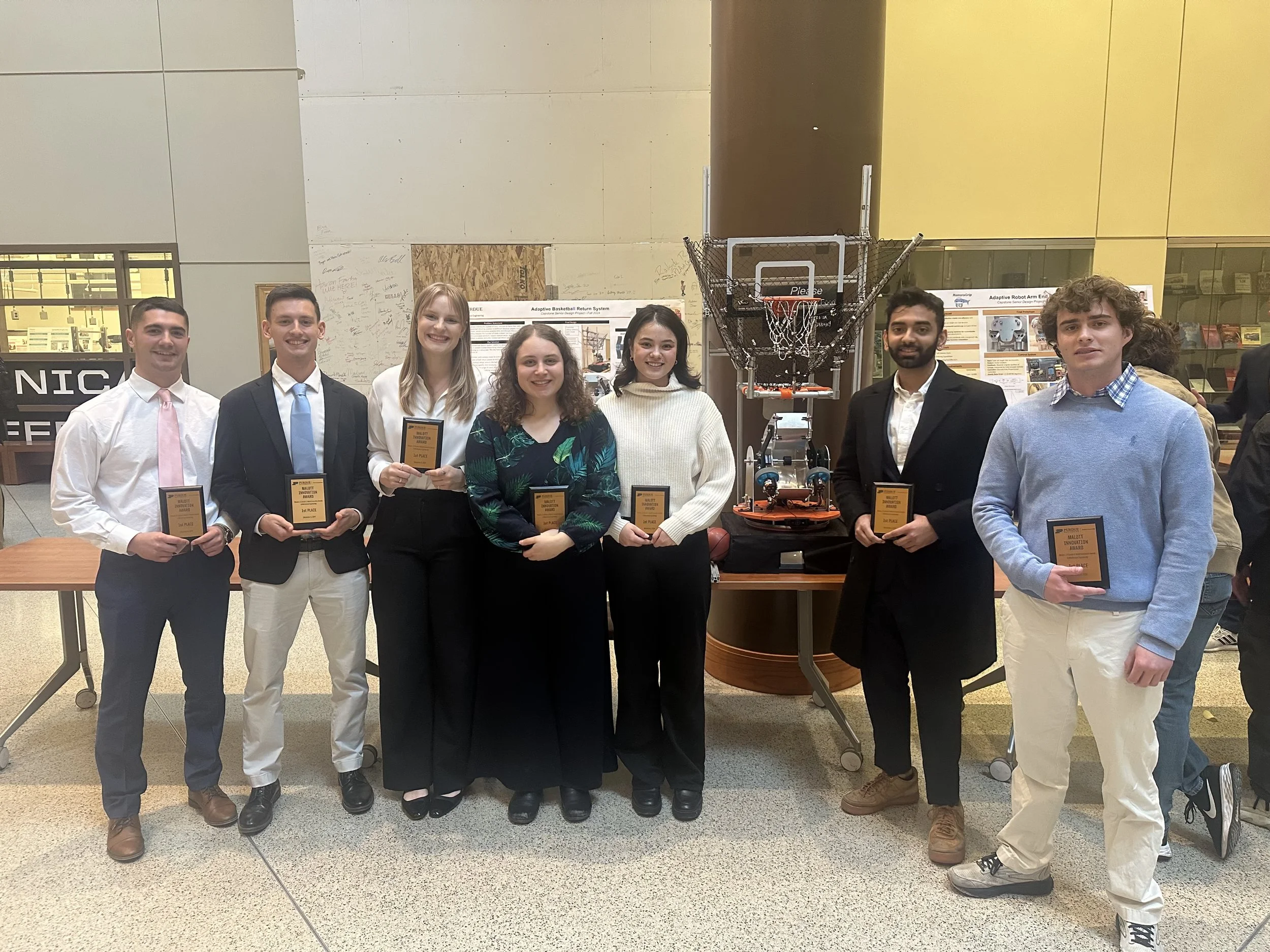"Large depth-of-field three-dimensional shape measurement with focal sweep technique," (2020)
/X. Hu, S. Zhang, Y. Zhang, Y. Liu, G. Wang, "Large depth-of-field three-dimensional shape measurement with focal sweep technique," Optics Express 28(21), 31197-31208 (2020)
Abstract
Three-dimensional (3D) shape measurement based on fringe projection technique has been extensively used for scientific discoveries and industrial practices. Yet, one of the most challenging issues is its limited depth of field (DOF). This paper presents a method to drastically increase DOF of 3D shape measurement technique by employing the focal sweep method. The proposed method employs an electrically tunable lens (ETL) to rapidly sweep focal planes during image integration, and the post deconvolution algorithm to reconstruct focused image for 3D reconstruction. Experimental results demonstrated that our proposed method can achieve high-resolution and high accuracy 3D shape measurement with greatly improved DOF with a potential to achieve real-time performance.



